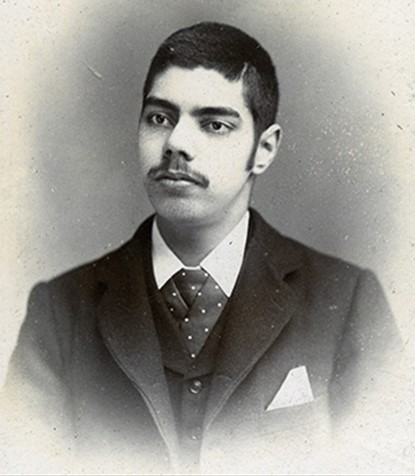
My Planner
My Planner
To build your own Itinerary, click  to add an item to your Itinerary basket.
to add an item to your Itinerary basket.
Already saved an Itinerary?

Inspiration
- Author Arthur Conan Doyle wrote 60 mystery stories featuring the wildly popular detective character Sherlock Holmes and his loyal assistant Watson.
- Throughout his career Conan Doyle made much of his commitment to truth over untruth, justice over injustice. This was much in evidence in his campaigning work on behalf of victims of miscarriages of justice, such as George Edalji and Oscar Slater.
- Oscar Slater was convicted of the murder of an elderly woman in 1908. Slater was a petty criminal, not personally liked by Conan Doyle, however, he recognised that injustice had been done to him.
- You are here: Exhibitions > Arthur and George 123 Arthur and George A joint exhibition from The Arthur Conan Doyle Collection, at Portsmouth City Council, and the ITV production which starred Martin Clunes as Sir Arthur Conan Doyle which first aired in March 2015.








